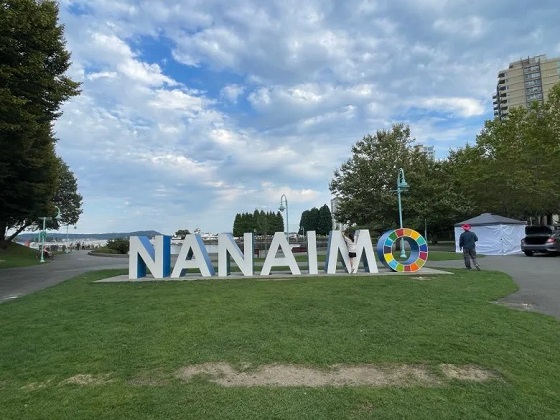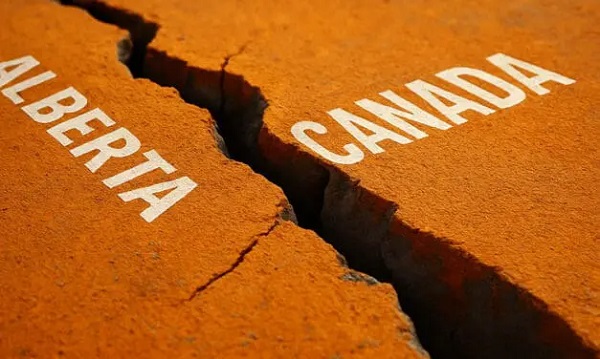Economy
If the Liberal government has a plan for the future of conventional energy, now would be a good time to tell us what it is.

From Energy Now
By Jim Warren
During the Cold War, Western journalists and political analysts were typically unable to penetrate the secrecy surrounding the machinations of upper level Soviet politics. They would struggle to discern who the top contenders were in the contest to replace the current party leader and what a new leader might mean for geopolitics.
The lack of trustworthy official information prompted Kremlin watchers to adopt some rather desperate and sometimes absurd methods for divining the twists and turns of internal Communist Party intrigues.
For instance, they would look at photos of the party leadership on the reviewing stand for the annual May Day military parade. They would identify how close or far each member of the official party on the dais was sitting from the party leader. The proximity rankings were then compared with where people were positioned in relation to the leader at last year’s parade. Those who stood or sat closer to the leader than they did the previous year were presumed to be on their way up. Those who stood further away might be on their way to Siberia.
After one month in office it looks like the Carney government will require observers to go to similarly ridiculous lengths to figure out what cabinet ministers really mean when making public statements. Last week, a column by Calgary Sun’s Rick Bell discussed Danielle Smith’s demand that the Liberals quit talking in riddles. Bell suggested the Liberals would rather “stick handle” their way through questions about their policy positions than clearly indicate what those positions are.
Supporters of the oil, gas and pipeline sectors in the West remain uncertain and unconvinced when it comes to the Liberal government’s commitment to getting new pipelines built. This week’s Speech from the Throne certainly didn’t clarify the government’s plans for conventional energy production and exports.
The prime minister’s flip flopping has been particularly unhelpful. He has distanced himself from the comments he made at Kelowna early in the election campaign. While speaking there, Carney temporarily impressed supporters of new export pipelines by indicating he would use the emergency powers of the federal government to ensure oil pipelines are built to connect the prairies with the East and West coasts. Several days later he indicated he wouldn’t use those powers to override the objections of Quebec.
Currently, the prime minister says he is taking a wait and see approach. Last week he said a new pipeline extending from the prairies to a Canadian coastline is one of many possibilities depending on what sort of consensus develops around energy policy. When fumbling to explain his consensus approach, he produced the sort of word salad Danielle Smith could justifiably refer to as “talking in riddles.”
During the new government’s first Question Period on May 28, Andrew Scheer asked Carney what he intended to do about Bill C-69, the infamous No More Pipelines Bill. True to form Carney avoided providing a clear answer to the question. He responded with irrelevant canned talking points that failed to mention either the noxious Bill or increasing oil export opportunities.
Last week, Tim Hodgson, Canada’s new Energy Minister told people at a Calgary Chamber of Commerce event some of the of things they hoped to hear. According to a National Post report on the event Hodgson said he “promised to deliver new infrastructure to get Canadian energy to the coast and ultimately ‘to trusted allies’ outside the U.S.”
Hodgson also had comforting words for those concerned that Canada’s cumbersome project approval process could stymie new pipeline approval and construction. He said “Canada will no longer be defined by delay. We will be defined by delivery.”
Talk is cheap. It is difficult to imagine how costly pipeline construction delays and cancellations can be prevented without first getting rid of Bill C-69. If Hodgson was truly being sincere you’d think he would have announced plans are in the works to overturn C-69 or to at least make serious revisions to it. Since he never went that far in his remarks, the presentation fell far short of announcing that a credible plan is currently being considered.
The week prior to Hodgson’s Calgary speech, his cabinet colleague Steven Guilbeault announced that Canada did not need any new pipelines because the Trans Mountain was not operating at full capacity. Guilbeault also said that by the time a new pipeline could be built the global demand for oil and gas will have declined so much it wouldn’t be needed. Unfortunately, if a new pipeline project isn’t approved and completed within the next 15 years, Gulibeault’s second point will be on its way to becoming a self-fulfilled Liberal prophecy.
So who really speaks for the government on conventional energy policy? We’ve been presented with three different versions from three of the people who sit around the cabinet table, one of whom is supposed to be the boss. Apparently it is no longer the case that ministers are duty bound to refrain from criticizing or deviating from government policy. Yet, as far as we know, nobody has been reprimanded for announcing an incorrect version of the Liberals’ conventional energy policy.
We have been left to guess at the answers to critical questions. Has the government initiated a plan for making policy changes that deal with the concerns of the conventional energy sector and the governments of Alberta and Saskatchewan? If so, could someone please tell us what it is?
Transparency and clarity on the conventional energy file seem especially important at a time when Alberta is posed to hold a referendum on separation. Perhaps the Liberals don’t appreciate how much the lack of a coherent position in favour of building one or more new pipelines threatens national unity. Maybe their standard election winning formula of “screw the West, we’ll take the rest,” reflects what they have adopted as their long-term approach to the legitimate demands of alienated Westerners.
Barring the appearance of a clearly articulated official policy statement we might need to adopt a Canadian version of Kremlinology. That’s about the only means we would have to determine who, if anyone, is running the government—more specifically its conventional energy policy. Knowing which ministers speak for official government policy and which don’t could be useful.
We might need to ask questions like the following:
- Which cabinet ministers get to sit at the cool kids’ table at the parliamentary cafeteria?
- Which minister’s favourite companies and environmental groups have received the biggest grants and contracts since Carney became prime minister?
- Which minister enjoys the most taxpayer funded flights and luxury hotel room stays to attend international gabfests like The World Economic Forum, in Davos, Switzerland or this year’s COP 30 conference in Brazil, etc.?
- According to Parliament Hill gossip, who is most likely bound for Siberia—Steven Guilbeault or Tim Hodgson? And, when, if ever, will Jonathan Wilkinson be released from the backbench gulag and allowed back into cabinet? And why was he sent there in the first place—not green enough, or too green?
Business
Oil producers brace for market share battle
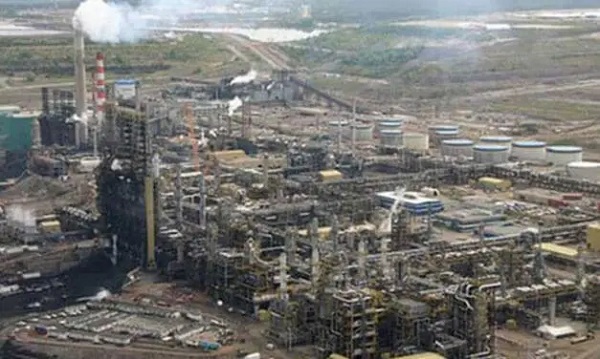
This article supplied by Troy Media.
 By Rashid Husain Syed
By Rashid Husain Syed
OPEC+ launches a crude oil price war, and everyone will feel the pain
The gloves are off. OPEC+—the alliance of major oil producing countries led by Saudi Arabia and Russia —has abandoned its price-support strategy. Instead, it’s flooding the market to punish overproducers and claw back market share, regardless of the consequences.
For three consecutive months, despite falling prices, OPEC+ has ramped up output, bringing back 1.37 million barrels per day to the market. Until recently, it had withheld 5.3 million barrels per day—about five per cent of global supply—to stabilize prices. But that restraint is vanishing fast. The group is now rolling back voluntary cuts at high speed, opening the taps just as global markets are showing signs of oversupply.
Geopolitical developments are adding fuel to the fire. A possible breakthrough between Iran and the United States could put even more crude back into circulation. Meanwhile, Russia continues to find ways to move oil despite sanctions.
On top of that, U.S. production hit an all-time high in March at 13.499 million barrels per day, surpassing the previous record set just months earlier. Shale producers in the Permian and Gulf Coast regions continue to churn out oil, even as drilling slows elsewhere.
This rising tide of supply spells trouble for all producers, but it presents a unique challenge for jurisdictions like Canada, where oil sands production is a major driver of jobs, investment and government revenue.
Oil sands projects require massive upfront capital and long lead times, making new investments harder to justify in a weak price environment. Yet once built, these operations are remarkably resilient, with low ongoing costs and long production lifespans.
Major Canadian producers like Canadian Natural Resources can remain profitable even when West Texas Intermediate—a key oil price benchmark—falls into the low-to-mid US$40s. That long-term efficiency offers a structural advantage over U.S. shale, which depends on constant reinvestment. Still, prolonged low prices can stall future oil sands development and weigh on government budgets.
Meanwhile, demand is faltering. U.S. consumption dropped to its lowest level in a year, with total petroleum products supplied falling to 19.95 million barrels per day, a red ag for refiners heading into the crucial summer driving season.
Hopes that India might offset global demand weakness are fading. While its economy is growing, “India’s volumes aren’t anywhere near the Chinese boom in consumption that began in the early 2000s,” wrote Tsvetana Paraskova in Oilprice.com. Those who expected India to be the “next China” are in for disappointment. Between 2000 and 2025, Chinese crude demand growth averaged 485,000 barrels per day, noted Bloomberg opinion columnist Javier Blas. In contrast, India’s crude demand growth is just around 200,000 barrels per day annually, less than half of China’s booming growth during the 2000s and 2010s.
This growing mismatch between surging supply and tepid demand is already taking its toll. Brent price forecasts have been revised downward for the third straight month. Analysts now expect it to average just US$66.98 in 2025. U.S. crude is forecast to average US$63.35. These are bleak numbers for producers across the board.
As Rystad Energy’s Jorge Leon puts it, “Three strikes from OPEC+, and none were softballs. May warned, June confirmed, and July fires a shot across the bow.” The message is clear: OPEC+ is done playing nice.
This is a direct challenge to North American shale and high-cost producers like Canada. With the market saturated and demand falling short, the price pressure is mounting. Unless producers adapt quickly, they’re in for a punishing stretch.
The global oil market is being reshaped in real time, and the consequences will be felt in boardrooms and across national economies.
Toronto-based Rashid Husain Syed is a highly regarded analyst specializing in energy and politics, particularly in the Middle East. In addition to his contributions to local and international newspapers, Rashid frequently lends his expertise as a speaker at global conferences. Organizations such as the Department of Energy in Washington and the International Energy Agency in Paris have sought his insights on global energy matters.
Troy Media empowers Canadian community news outlets by providing independent, insightful analysis and commentary. Our mission is to support local media in helping Canadians stay informed and engaged by delivering reliable content that strengthens community connections and deepens understanding across the country.
Business
Removing barriers to trade between Alberta and the rest of Canada could grow our economy by $72.1 billion, says the MEI
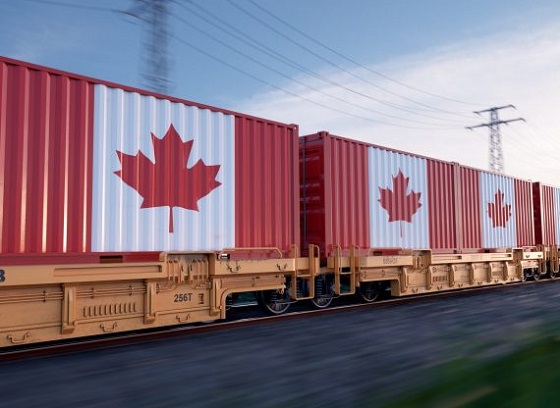
If Alberta were to adopt a mutual recognition act with the rest of the country, similar to Nova Scotia’s, Canada’s economy would stand to grow significantly, according to a new Economic Note published by the Montreal Economic Institute.
“The growing momentum to eliminate internal barriers to trade in Canada is promising,” says the publication’s author, Trevor Tombe, professor of economics at the University of Calgary and senior fellow at the MEI. “If Alberta were to join the growing interprovincial free trade zone started by Nova Scotia, both it and Canada would be much more prosperous.”
Different regulations, certifications and testing requirements between provinces add costs, complexity and frustration to the process of selling goods and services across provincial boundaries. These many rules are commonly referred to as “interprovincial trade barriers.” Following U.S. President Donald Trump’s tariff threats, governments across Canada have identified the reduction of these barriers as a way to make the country’s economy more resilient.
Nova Scotia Premier Tim Houston was the first to recommend a model of mutual recognition of standards (without further testing or fees) and accelerated licensure of professional credentials with provinces that reciprocate. This would essentially render moot the vast majority of barriers
to interprovincial trade with provinces that adopt similar legislation. On March 26, 2025, Nova Scotia’s Free Trade and Mobility Within Canada Act received royal assent, becoming law in the province.
“The main benefit of mutual recognition policies is that they bypass the regulatory gridlock that has long plagued interprovincial trade discussions,” said Dr. Tombe. “It’s a trade first, harmonize later approach that allows Canadian consumers and businesses to begin to reap the benefits of these agreements without delay.”
Since then, Premiers Doug Ford and Rob Lantz, of Ontario and Prince Edward Island respectively, have tabled similar bills in their provinces.
So far, the Acts adopted and mutual recognition agreements signed are leading the way to internal free trade zones with the potential to boost the country’s economy substantially. The gains from free trade between Ontario and Nova Scotia alone, for example, could boost the Canadian economy by nearly $4.1 billion.
If Alberta were to adopt a similar bill to those of Nova Scotia, Ontario and Prince Edward Island, or sign mutual recognition agreements with all Canadian provinces, the country’s economy could grow by an estimated $72.1 billion.
Of particular interest, the signing of an agreement between Alberta and British Columbia alone would boost Canada’s GDP by an estimated $25.7 billion.
“Premier Danielle Smith should follow Nova Scotia Premier Tim Houston’s approach and adopt mutual recognition laws with the rest of the country,” said Dr. Tombe. “It’s one of the surest and lowest-cost ways for provincial governments to unleash Canadian productivity growth.”
* * *
The MEI is an independent public policy think tank with offices in Montreal, Ottawa, and Calgary. Through its publications, media appearances, and advisory services to policymakers, the MEI stimulates public policy debate and reforms based on sound economics and entrepreneurship.
-

 Fraser Institute23 hours ago
Fraser Institute23 hours agoFederal government’s ‘affordable housing’ strategy doomed without strong income growth
-
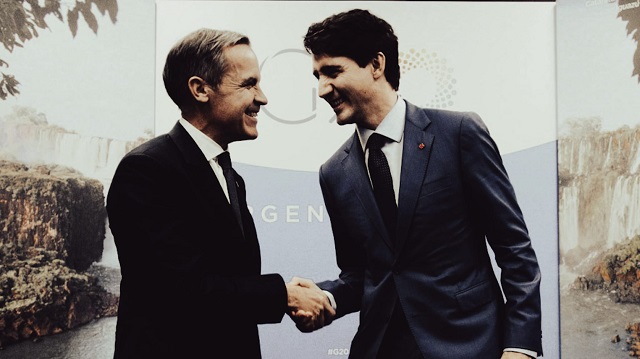
 Carbon Tax1 day ago
Carbon Tax1 day agoCarney picks up Trudeau’s net-zero wrecking ball
-

 Health1 day ago
Health1 day ago21 Canadian doctors demand review of transgender drugs, surgeries for children
-
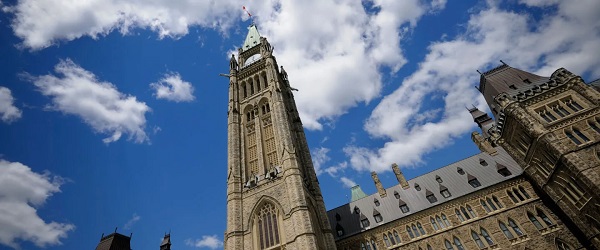
 Business22 hours ago
Business22 hours agoFederal government’s ‘very different approach’ will further erode Ottawa’s finances
-
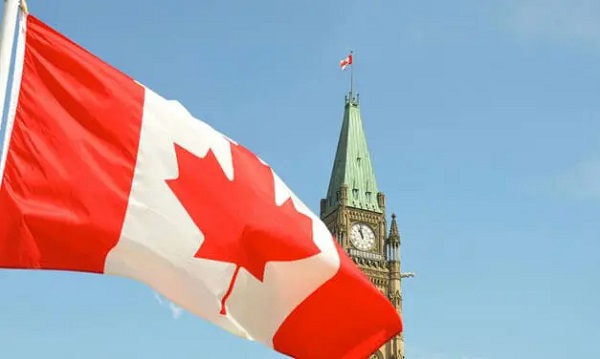
 Indigenous20 hours ago
Indigenous20 hours agoCarney’s Throne Speech lacked moral leadership
-
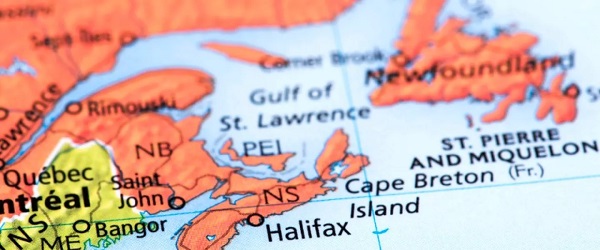
 Fraser Institute20 hours ago
Fraser Institute20 hours agoAtlantic provinces should focus on growth—despite Carney’s transfer policies
-

 Economy20 hours ago
Economy20 hours agoCanada Treats Energy As A Liability. The World Sees It As Power
-
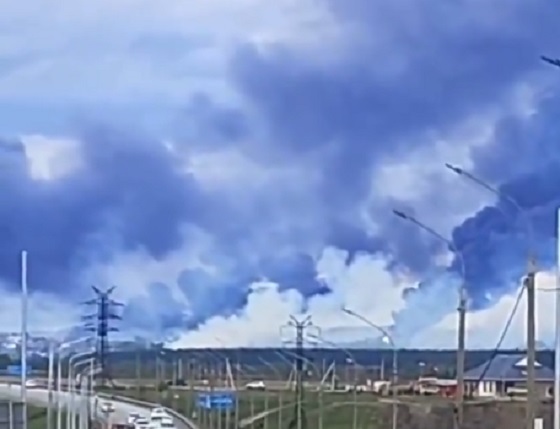
 conflict14 hours ago
conflict14 hours ago“Will Be in History Books”: Zelensky Hails Long-Range Drone Strike That Hit Dozens of Russian Bombers


